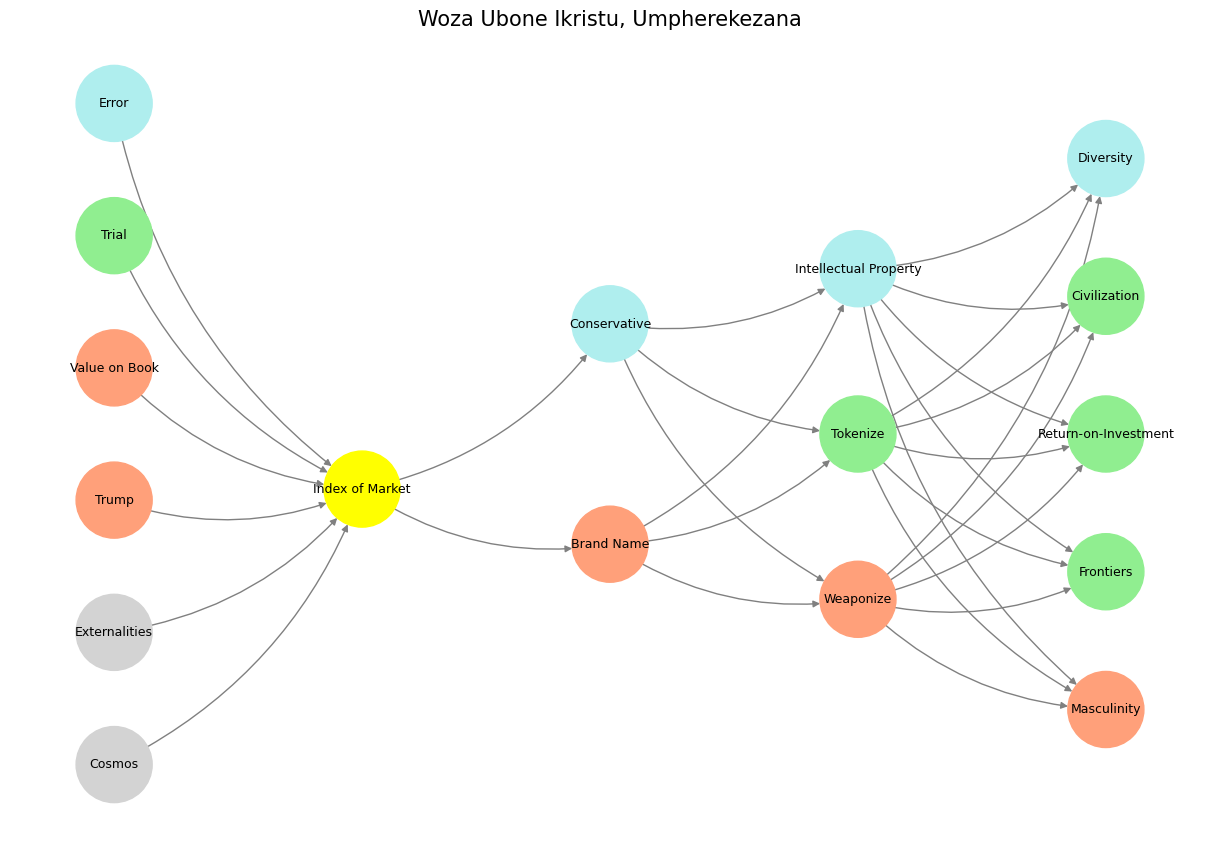Freedom in Fetters#
Improvisation in music exists at the level of dynamic strategy, where adaptation, intuition, and interaction define the process. Unlike games of pure probability, where outcomes are dictated by chance, or deception, where success hinges on suppressing tells and controlling perception, musical improvisation is an ever-evolving interplay between musicians who must react in real-time to one another’s choices. It is neither static nor adversarial but an ongoing negotiation, a conversation carried through melody, harmony, and rhythm.
Fig. 27 The Next Time Your Horse is Behaving Well, Sell it. The numbers in private equity don’t add up because its very much like a betting in a horse race. Too many entrants and exits for anyone to have a reliable dataset with which to estimate odds for any horse-jokey vs. the others for quinella, trifecta, superfecta#
In jazz, gospel, and other improvisational forms, the musician operates on the razor’s edge, constantly adjusting their approach based on the evolving soundscape. The pianist in a gospel service, for example, listens to the preacher’s cadence, the choir’s inflection, and the congregation’s energy, responding dynamically with harmonic flourishes and rhythmic shifts. There is no fixed script; there is only the moment and the trained instinct to seize it. The saxophonist in a jazz quintet might launch into a solo, but the bassist and drummer shape the harmonic and rhythmic contour in real time, subtly steering the improvisation without explicit coordination. This is strategy in its purest sense—adapting to the present while remaining within the overall structure of the piece.
Improvisation, however, does not reach the level of knowledge in the sense that the methods for progress are fully established. Unlike a composer who meticulously crafts a symphony, knowing precisely how one theme will evolve into another, the improviser operates within a vast combinatorial space, drawing on internalized formulas, patterns, and harmonic frameworks but without the luxury of complete foresight. The equal-tempered system provides an expansive playground, but the improviser is constrained by time, unable to explore every possibility before committing to a single phrase.
This dynamic interplay between structure and spontaneity is what makes improvisation thrilling. It is cooperative by nature—whether in a jazz club, a church, or a free-form experimental ensemble, musicians must remain acutely attuned to one another, responding to cues both explicit and subliminal. While improvisation may never fully escape uncertainty, it bends it toward coherence through a practiced fluency in musical language. It is a strategy in motion, where mastery does not mean eliminating the unknown but navigating it with confidence, ensuring that each note, though born of the moment, feels inevitable.
Show code cell source
import numpy as np
import matplotlib.pyplot as plt
import networkx as nx
# Define the neural network fractal
def define_layers():
return {
'World': ['Cosmos', 'Externalities', "Trump", 'Value on Book', 'Trial', 'Error', ],
'Mode': ['Index of Market'],
'Agent': ['Brand Name', 'Conservative'],
'Space': ['Weaponize', 'Tokenize', 'Intellectual Property'],
'Time': ["Masculinity", 'Frontiers', 'Return-on-Investment', 'Civilization', 'Diversity']
}
# Assign colors to nodes
def assign_colors():
color_map = {
'yellow': ['Index of Market'],
'paleturquoise': ['Error', 'Conservative', 'Intellectual Property', 'Diversity'],
'lightgreen': ['Trial', 'Tokenize', 'Frontiers', 'Return-on-Investment', 'Civilization'],
'lightsalmon': [
"Trump", 'Value on Book', 'Brand Name',
'Weaponize', "Masculinity"
],
}
return {node: color for color, nodes in color_map.items() for node in nodes}
# Calculate positions for nodes
def calculate_positions(layer, x_offset):
y_positions = np.linspace(-len(layer) / 2, len(layer) / 2, len(layer))
return [(x_offset, y) for y in y_positions]
# Create and visualize the neural network graph
def visualize_nn():
layers = define_layers()
colors = assign_colors()
G = nx.DiGraph()
pos = {}
node_colors = []
# Add nodes and assign positions
for i, (layer_name, nodes) in enumerate(layers.items()):
positions = calculate_positions(nodes, x_offset=i * 2)
for node, position in zip(nodes, positions):
G.add_node(node, layer=layer_name)
pos[node] = position
node_colors.append(colors.get(node, 'lightgray'))
# Add edges (automated for consecutive layers)
layer_names = list(layers.keys())
for i in range(len(layer_names) - 1):
source_layer, target_layer = layer_names[i], layer_names[i + 1]
for source in layers[source_layer]:
for target in layers[target_layer]:
G.add_edge(source, target)
# Draw the graph
plt.figure(figsize=(12, 8))
nx.draw(
G, pos, with_labels=True, node_color=node_colors, edge_color='gray',
node_size=3000, font_size=9, connectionstyle="arc3,rad=0.2"
)
plt.title("Woza Ubone Ikristu, Umpherekezana", fontsize=15)
plt.show()
# Run the visualization
visualize_nn()

#
Fig. 28 From a Pianist View. Left hand voices the mode and defines harmony. Right hand voice leads freely extend and alter modal landscapes. In R&B that typically manifests as 9ths, 11ths, 13ths. Passing chords and leading notes are often chromatic in the genre. Music is evocative because it transmits information that traverses through a primeval pattern-recognizing architecture that demands a classification of what you confront as the sort for feeding & breeding or fight & flight. It’s thus a very high-risk, high-error business if successful. We may engage in pattern recognition in literature too: concluding by inspection but erroneously that his silent companion was engaged in mental composition he reflected on the pleasures derived from literature of instruction rather than of amusement as he himself had applied to the works of William Shakespeare more than once for the solution of difficult problems in imaginary or real life. Source: Ulysses#

